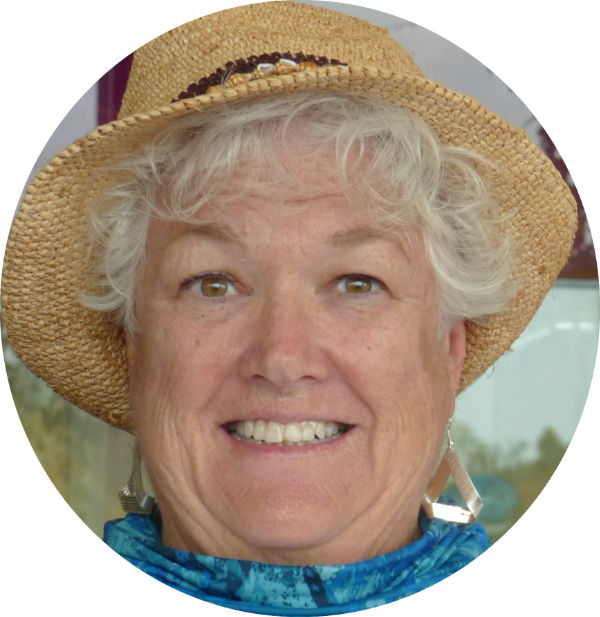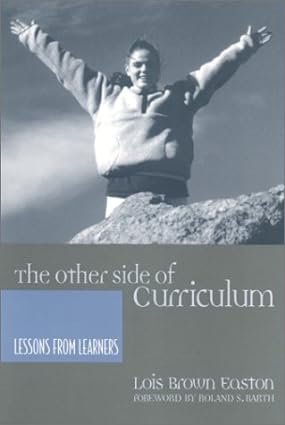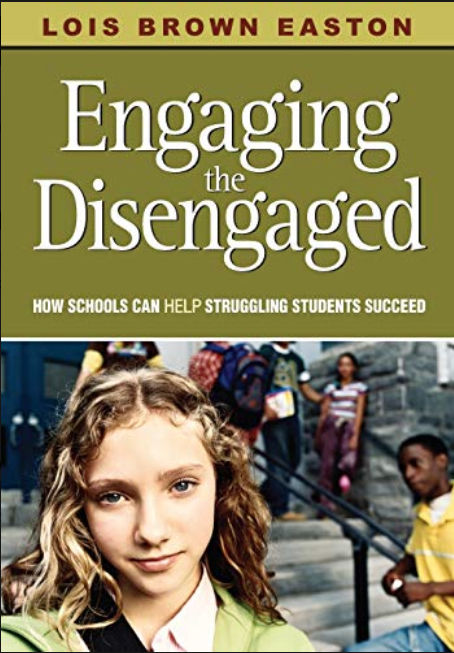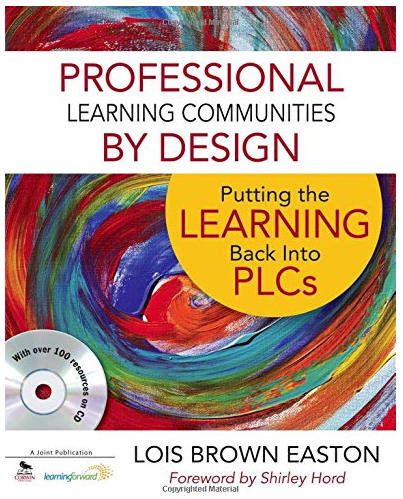
Why should I trust this website and its writer?
This is a good question. Thanks for asking it. It’s essentially a question about my credentials as a writer who can help others write. Here is a brief list. Please contact me if you would like more details.
I am a published writer
I have written and had published seven books. Here, ordered by publishing date, are the books:

The Other Side of Curriculum: Lessons From Learners (2001)
Powerful Designs for Professional Learning, Volume 1 (2004)

Engaging the Disengaged: How Schools Can Help Struggling Students Succeed (2007)
Powerful Designs for Professional Learning, Volume II (2008)
Protocols for Professional Learning (2009)

Professional Learning Communities By Design: Putting the Learning Back Into PLCs (2011)
Powerful Designs for Professional Learning, Volume III (2015)
- I just finished my eighth, as yet unpublished, book Through the Five Genii Gate.
- I have written over 50 articles published in professional journals, as a chapter in another’s book, as booklets/brochures, or as a regular column.
- You may have discerned that the 7 published books are all nonfiction. That’s right. So are all the “just over 50” other published pieces.
- However, every one of the books I’ve published (and many of the other pieces) combine story or narrative (biography or fiction) with nonfiction. In fact, the nonfiction or essay part of each of my books and other published writing frequently depends on the fiction. Sometimes, the story is a real, biographical story. Sometimes it is a composite of many stories. Sometimes, it is mostly fiction based on my observations.
- So, I have written both nonfiction and fiction and am comfortable with writing both and helping others write both.
I Closely Observe My Own and Others’ Writing (and Reading) Processes
This means I am metacognitive; I think about my thinking. Or, in this case, I think about my writing. I try to understand what I am doing so I can communicate these processes to others, such as you. Similarly, I read on two levels. At the basic level, I read to understand, remember, and apply. Above that level, I read to discern the writer’s processes. What has the writer done to make her book work? What could she have done? What would I have done? Would that have worked? In a sense, I am evaluating what I’m reading, but not to judge the work. I want to observe her strategies, possibly apply them to my own writing, and pass them along to you if they work. P.S. This is not piracy, poaching, or plundering. It is learning.
If you are an educator, you might have recognized Bloom’s Taxonomy in the steps above. Benjamin Bloom was an American educational psychologist who contributed to the classification of learning outcomes. He’s most famous for his Taxonomy (called Bloom’s Taxonomy) of learning outcomes. The most basic is remember. Then understand, apply, and analyze. The top two are evaluate and create. You may not be aware that you are following this taxonomy as you read and write, but probably you are.
This website and the blogs in it help me communicate what I have learned by thinking about the processes of both reading and writing.
I Am a Teacher and Learner
- I taught middle school English (reading, writing) and humanities for 8 years.
- I substituted in all grade levels and most subjects for 2 years, thereby learning about teaching all age levels and subjects ranging from “shop” to physics. Some were long-term (a month or more) substituting.
- I worked at a school and professional development center for 11 years during which I taught high-school age students and adults.
I facilitated the learning of adult educators (teachers, principals, and others who worked with students) for 23 years. I led workshops (short- and long-term) and gave speeches and seminars. I coached adults. I helped prepare teacher-leaders. I developed all materials for this work. - I earned a B.A. in English Education, an M.A. in Secondary Education, and a Ph.D. in Secondary Education
- I was successful because I was, foremost, a learner. My mantra was Teacher as Learner.
Here are some ways I learned from teaching:
- I asked students and adults to tell me outright what they knew and did not
know and what they could do and could not do. - I honed my observation skills. In the classroom this meant “teaching by
walking around” and collecting data. It meant the same with adults in
workshops. - I looked for clues in student and adult work. I asked, “What does this work
tell me?” and adjusted my teaching accordingly. - I shared what I thought I was learning and got affirmation, suggestions for
improvement, or new information which required rethinking what I thought I
knew. - I applied the metacognitive skills that I described in the section above this
one.